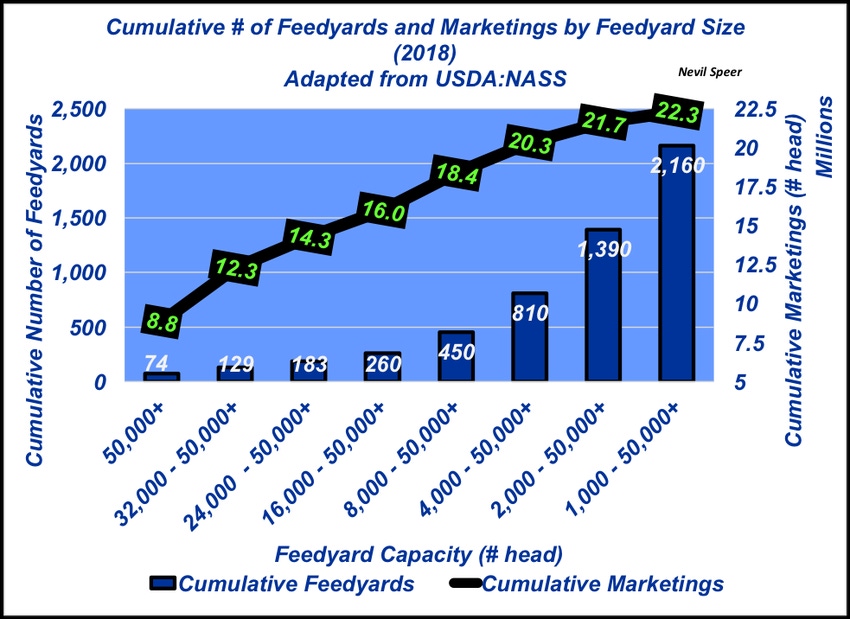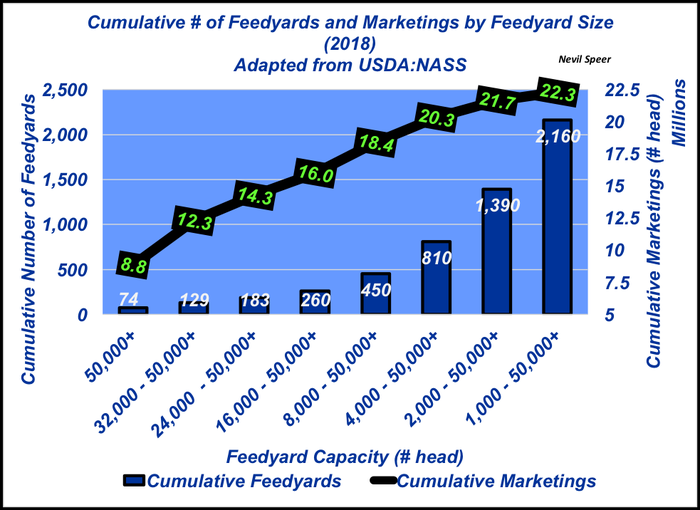Here's why modern feedyards are vital to producing beef
If all feedyards were required to be less than 1,000 head capacity, at the current marketing pace for those feedyards, [Booker’s] legislation would mean the United States would need nearly 175,000 new [feedyard] operations to offset the loss of CAFOs.
December 26, 2019

I doubt many readers missed it. But in the event you did, or need a refresher, Sen. Cory Booker (D-NJ) recently announced his intention to overhaul the meat industry. That would result from legislation he’s planning on introducing (apparently in the next session) that would include restoration of mandatory country-of-origin labeling (mCOOL), revision of the Packers and Stockyards Act and elimination of concentrated animal feeding operations (CAFOs) by 2040.
EPA defines CAFOs as those with 700 or more mature dairy cattle or 1,000 or more cattle (or cow/calf pairs). Accordingly, this week’s Industry At A Glance provides some perspective on what that would really mean for the U.S. beef industry. That is, it depicts cumulative number of feedyards and marketings across all categories, from largest to smallest. Therefore, it answers the question of, “What if we changed that number from 1,000 head to 2,000? What would be the subsequent impact?”

Nevertheless, if we stick to EPA definitions, Booker’s legislation would mean the elimination of 2,160 feedyards and impact the production of nearly 22.5 million head of fed cattle marketed annually. As a side note, based on USDA data, there are 26,000 feedyards in the U.S. that market only 3.3 million head annually – or an average of 127.5 head per feedyard. If all feedyards were required to be less than 1,000 head capacity, at the current marketing pace for those feedyards, the senator’s legislation would mean the United States would need nearly 175,000 new operations to offset the loss of CAFOs.
That’s an impossible task. Not to mention it would dramatically reduce efficiency and clearly is not a workable solution. Finally, it’s also an additional 175,000 feedyards that would require individual state oversight from an environmental perspective. Hang on to your hats, 2020 will be an interesting year!
Speer serves as an industry consultant and is based in Bowling Green, Ky. Contact him at [email protected]
About the Author(s)
You May Also Like




.png?width=300&auto=webp&quality=80&disable=upscale)
